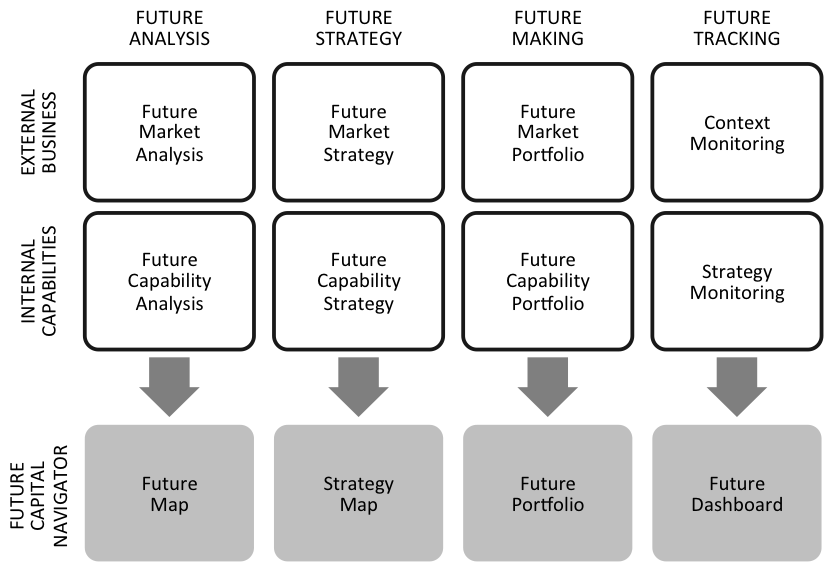Counsulting Area
Strategy Development
Get yourself a bold future-driven strategy
TAIDA: A Framework for Thinking of the Future
Receive this article in your inbox
For more info, contact

Fredrik Hansen
CEO
With a clear vision and desired goal, everything gets easier – strategic priorities as well as short-term decisions. But the vision and strategy does not only need to be based on historical victories and internal capabilities and intentions. First and foremost it needs to be future-proof – a powerful response to the challenges and opportunities ahead. We call that a future-driven strategy.
When we assist our clients in strategy development, we apply a well-proven process methodology where we combine analytical work with workshops with the client’s project-groups, executive team and board. Sometimes we also engage external experts, customers or broader groups of employees in the process.
Since we believe that the most critical part of a strategy is to get it future-proof – aligned with the external trends, threats and opportunities – we always start the process with the external market perspective.
But we never stop there. We know that crafting a strategy is an art. It’s about conceptualization, about balancing the internal resources, ambitions and goals with external forces and opportunities. It’s about robustness and agility, hedging and betting. It involves not only the market side of the organization, but also internal aspects such as capabilities, culture and organization. Therefore, the external perspective needs to be balanced with internal ambitions and capabilities.
The power of a strategy is in direct proportion to its feasibility. We try hard to find the right metrics to follow up progress and pay attention to the feasibility of the strategy, in cultural as well as in resource terms.
Finally, we often summarize the outcome of a strategy development activity in what we call a Future Capital Navigator, a strategy map and a foundation for what we call future-driven business governance.

The Future Capital Navigator. From Lindgren, 21st Century Management.
Related reference
Target Group Analysis Project with an American University
What does the next-generation of students value?
